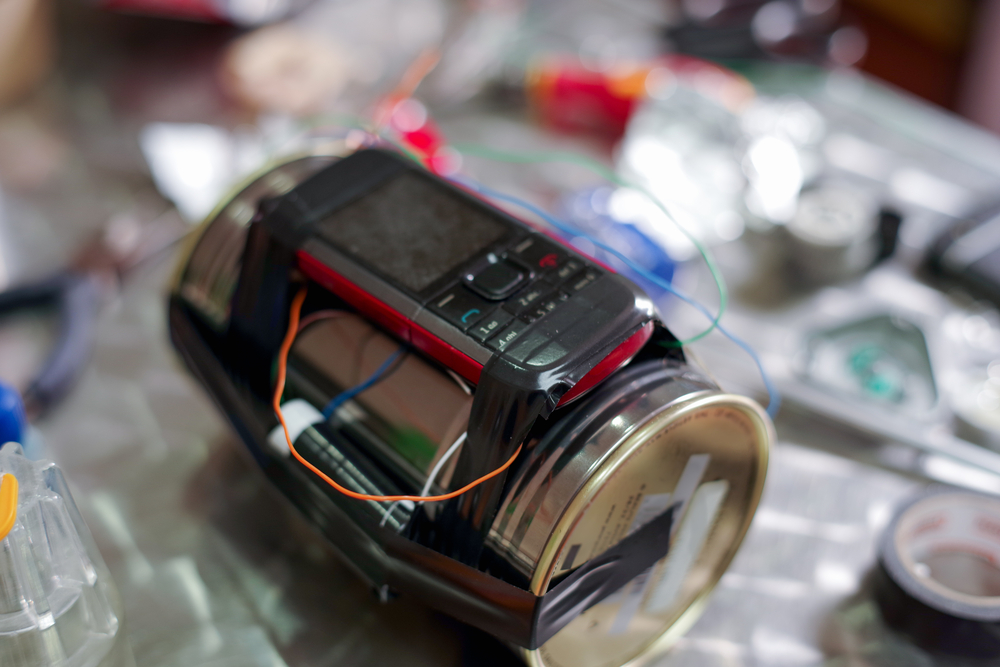
The Department of Homeland Security Science and Technology Directorate (S&T) is researching the detection and prevention of homemade explosives at various labs and test facilities across the country.
DHS reports that there are approximately 3,000 improvised explosive device (IED) incidents in the United States in 2017, killing 10 people and wounding dozens. These homemade explosives pose a continued threat as the nation’s enemies adapt to stealthier tactics. To stay ahead of emerging threats, the DHS Science and Technology Directorate (S&T) operates various test facilities where they work on threat detection.
The Tyndall Reactive Materials Group (TRMG) in Panama City, Florida, and the Detection Technology Center in Huntsville, Alabama, are two test facilities operated by S&T where testing is done of the Transportation Security Administration (TSA) screening equipment. Further, the testing equipment will be certified at the Transportation Security Laboratory in Atlantic City, New Jersey.
“Screening at checkpoints is a top priority for Congress and the Department. These labs support this activity and the wider DHS mission by rapidly delivering explosives data, helping us better prepare for any future threats that may arise,” William Bryan, senior official performing the duties of the undersecretary for DHS S&T, said.
S&T began the testing the screening technology after the London mass transit system attacks of 2005, where 56 people died. That event prompted S&T to collect data on homemade explosives (HME) to be later used by an HME Rapid Response Team to characterize explosive threats against transit systems.
“DHS S&T uses data collected at those labs to inform and develop mitigation strategies and strengthen our detection and response capabilities in order to stop an attack,” Elizabeth Obregon, homemade explosives program manager at S&T, said. “The information generated from these facilities ensures screening equipment is attuned to detect threats before they can create tragedy, and the folks operating at these labs work tirelessly to keep families safe.”
The TRMG employs 17 people, including chemists, imaging experts, and explosives detection technicians. It provides rapid response for data that can immediately help mitigate a wide range of emerging explosive threats such as car bombs or suicide vests.
The DTC, a collaborative function between S&T and the FBI Terrorist Explosive Device Analytical Center (TEDAC), studies explosive threats and countermeasures in an aviation security environment.
“The DHS and FBI partnership creates an effective capability, using the strengths of both to address threats that doesn’t exist completely in either,” DHS Test Center Program Manager Jose Reyes explained.
Obregon said these facilities turn data into tactically relevant information that can be deployed for security enhancements.




